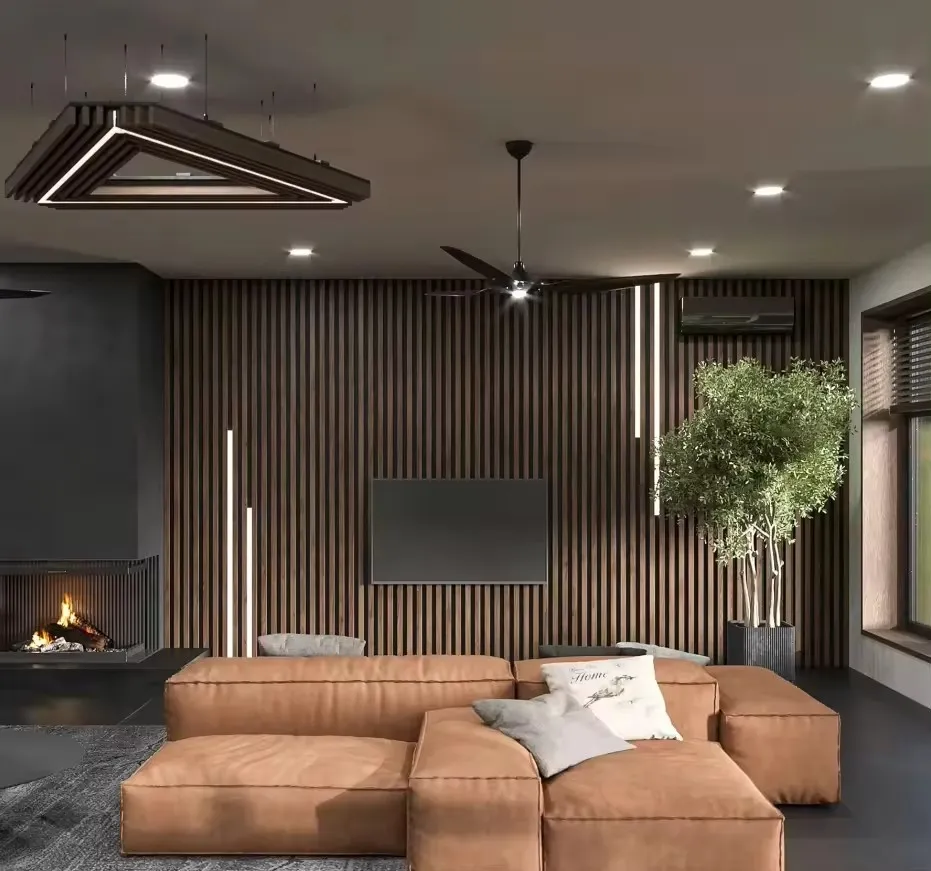The Soundproofing Benefits of Wood Paneling
Wood paneling has long been celebrated for its aesthetic appeal and versatility in interior design. However, beyond its visual charm, wood paneling offers significant soundproofing benefits that make it a preferred choice for homeowners and designers alike. This article delves into how wood paneling enhances sound insulation and creates a more tranquil living environment.
Understanding Soundproofing
Soundproofing involves reducing the transmission of sound from one area to another. It is particularly important in homes and office spaces where noise can disrupt comfort and productivity. Effective soundproofing can improve privacy, reduce noise pollution from external sources, and create a more serene atmosphere for relaxation or work.
How Wood Paneling Contributes to Soundproofing
Wood paneling can effectively dampen sound waves, thanks to its density and mass. The properties of wood allow it to absorb sound, minimizing echoes and reducing the overall sound level in a room. When installed properly, wood paneling can act as a barrier that prevents sound from traveling through walls, ceilings, and floors.
1. Material Density and Thickness
The density of wood contributes significantly to its soundproofing capabilities. Thicker panels, made from high-density woods like oak or maple, are particularly effective at blocking sound. The mass of the wood impedes the movement of sound waves, making it harder for noises to pass through. Moreover, multiple layers of wood or panels combined with other soundproofing materials, such as acoustic insulation, can further enhance soundproofing.
wood paneling soundproof

2. Natural Acoustic Properties
Wood has natural acoustic properties that make it an excellent choice for soundproofing. Unlike many synthetic materials, wood can dampen vibrations and reduce high-frequency sounds that often cause disturbance. In settings like home theaters, music rooms, or even open-plan offices, wood paneling can improve acoustic quality, leading to a more enjoyable auditory experience.
3. Adding Mass to the Walls
Wood paneling adds mass to walls, which is essential in soundproofing. The more mass a wall has, the better it can block sound transmission. This principle is particularly relevant in spaces where privacy is a concern, such as bedrooms or recording studios. By simply adding wood paneling to existing walls, homeowners can achieve an immediate improvement in sound control without extensive remodeling.
Design Versatility and Aesthetic Appeal
In addition to its functional benefits, wood paneling is incredibly versatile and can complement various design styles, from rustic to modern. Available in numerous finishes, colors, and patterns, it allows homeowners to customize their spaces while enhancing soundproofing. This dual function – aesthetic beauty and practical sound insulation – makes wood paneling a popular choice in residential and commercial designs.
Conclusion
In conclusion, wood paneling is not only a stylish addition to any interior space but also serves as an effective soundproofing solution. Its natural density, acoustic properties, and ability to add mass to walls contribute to reduced noise transmission, creating a more peaceful environment. Whether you are looking to minimize distractions in a busy household or create a serene space for relaxation, wood paneling offers a functional and visually appealing method to achieve sound insulation. As sound control becomes increasingly important in our noisy world, incorporating wood paneling in your interior design could be a decision that enhances both comfort and style.
